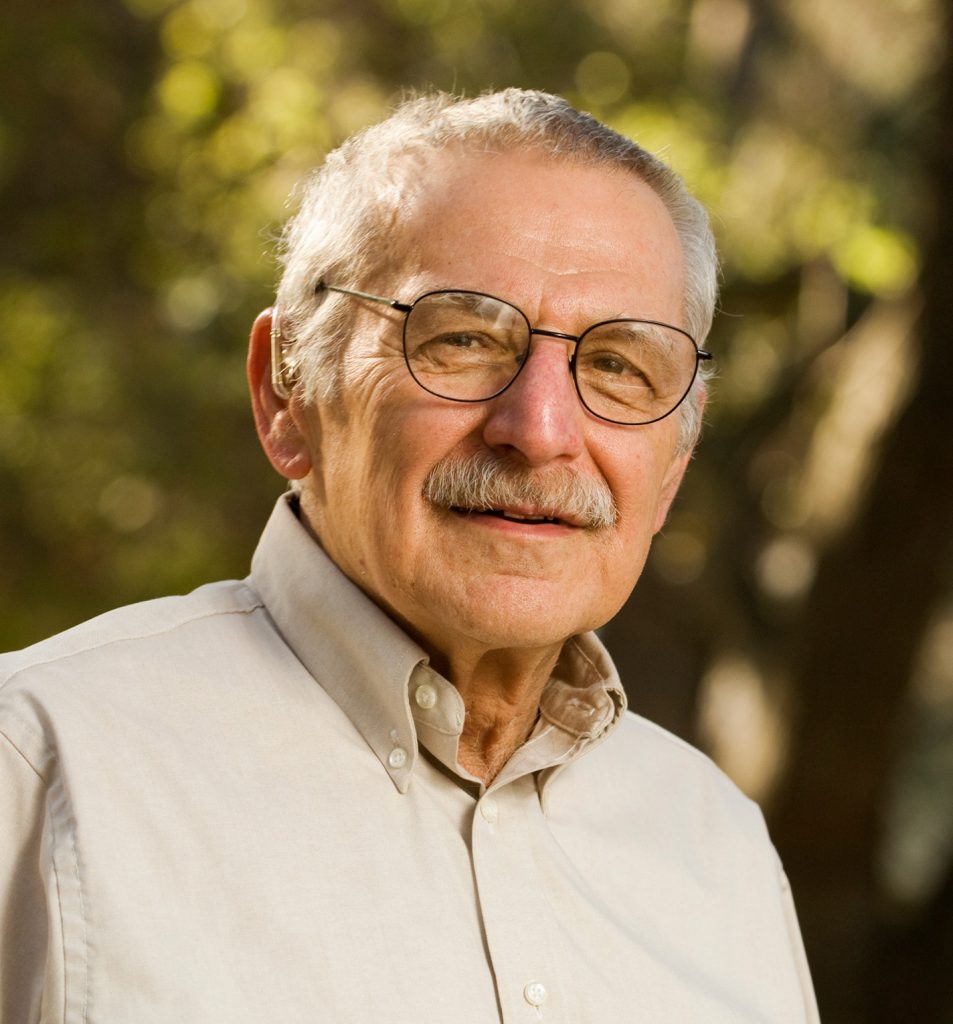Harold Mooney
After Jean Langenheim reported that Harriet Barclay had helped Hal Mooney (ESA President, 1988-89) get started in ecology, in 2016 Sally White asked him more about their connection. Here is his reply:
It was a long time ago for sure. It started when I did a semester at Marin Junior College my freshman year. I had just decided to change my career direction from political science to botany and was taking an introductory course in botany. The lectures weren’t great, but the textbook was very good. I was captivated by the chapter on ecology and thought that might be the way to specialize in botany. (I was motivated in that kingdom through working in a plant nursery in high school.)
There was also an instructor at Marin College (a zoologist actually, Doc Wilson) who taught a field naturalist course which I took and very much enjoyed. He was going to be Director of the Rocky Mountain Biological Station (RMBL) that summer and convinced me that it would be a nice experience in order to go along the path I had now chosen. When I got to the lab I signed up for the course that Harriet Barclay was teaching on plant ecology. The experience was absolutely terrific and gave a real focus on reading landscapes through her extensive and revealing field trips. I of course didn’t know that she was a student of the founding ecologist in the US, Henry Cowles, as I had never heard of him at that time. I thought for sure this would be my subsequent focus for my career (a goal that came early in my college career).
I applied to enroll in the University of California at Santa Barbara (UCSB) in the subsequent fall from RMBL where there was the only plant ecology course given in the UC system at the time, by CH Muller. Muller, of course, was very influential because at that time the UCSB had no graduate students; the botany students so inclined became involved in their own research and were actively engaged by Muller. Then, a final stroke of luck, during the year, and seemingly out of the blue, I got a letter from John Marr from the University of Colorado, who asked if I would be interested in being a field assistant as they were setting up the first year’s operation of his new research program on Niwot Ridge and lower elevation sites.
Now, how did John ever know about me, a sophomore in a distant university? It has always been my supposition that the connection was through Harriet, because she and John were both products of the Cowles-Cooper lineage. I may be wrong on that but still it does not change the fact that Harriet was my first mentor in plant ecology and was so inspirational in her teaching that she set my career path.
I was fortunate in having experience with outstanding ecologists very early in my university education. Muller, for one, continued to be key and steered me to Billings for graduate work.
